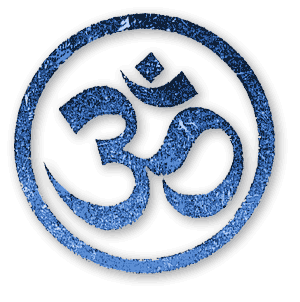Amin gave a beautiful yoga class yesterday on the differences between classical yoga and tantric yoga.
He asserted that classical yoga, like Astanga, was focused on mindfulness. The focus of the practice is the breathing and keeping the focus of the mind on the breath. The asanas are a means to keep the body busy so that one may focus This is akin to mindfulness meditation. The goal is to cultivate detachment from preconditioning and to learn how to be present in the moment.
In tantric yoga, the focus of the breath is on the difficult areas of the asana. One focuses the mind's eye on stiffness, tightness, discomfort. Prana is directed to these areas to deepen the pose. This builds the habit of understanding that difficulties in life always come with a blessing as well. The difficult poses are often the ones that build strength where we need it - they shore up weaknesses. By concentrating and focusing on them, we learn that pain is not to be avoided but to be embraced and accepted.
In one's life, it is not only the people who support that help, but also the people who criticize or challenge. The latter set of people may have pushed one to try harder, or at the very least provided such an inhospitable environment that one is forced to take drastic action such as changing their life.
Yesterday and again this morning, I realized something in savasana. I have always valued symmetry and comfort in savasana. I have always found it difficult to relax without a blanket, without an eye pillow, with my arms not in similarly symmetric distances and angles from my body. And it bothers me if I am slightly off-center and one hand is further off the mat than the other. These two days I practiced accepting these differences. The fact that they bother me is a challenge: imperfections are part of life and learning to notice the imperfections but not let them bother me is a practice. I am learning to not see them in a negative light, but to recognize their existence, the feelings they evoke, and then accept them and move on. It is a practice that can be applied to life.
It is interesting that so many hatha yoga classes mix these two philosophies which are very different. At once we are told to focus and concentrate on the breath, and again we are told to deepen our poses and concentrate on the difficult areas. I am unconvinced that a mix like this is more helpful than separate yoga practices. Mindfulness meditation deepens with practice and habit. Likewise a true astanga session of 90 minutes with the focus on only the breath brings about a very different sense of being than a typical vinyasa hatha practice. The mind enters a different state. Cultivating awareness and acceptance in a full tantric yoga practice rather than shifting back and forth between the two styles most likely deepens one's practice of love, as well.
Subscribe to:
Post Comments (Atom)

1 comment:
My partner and I really enjoyed reading this blog post, I was just itching to know do you trade featured posts? I am always trying to find someone to make trades with and merely thought I would ask.
Post a Comment